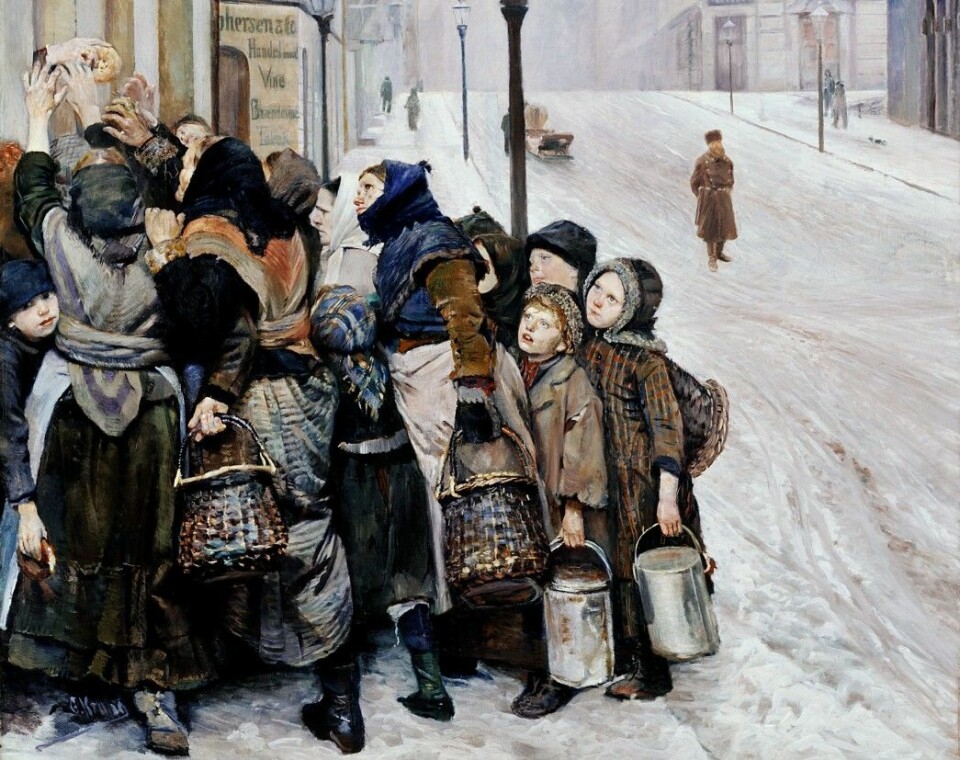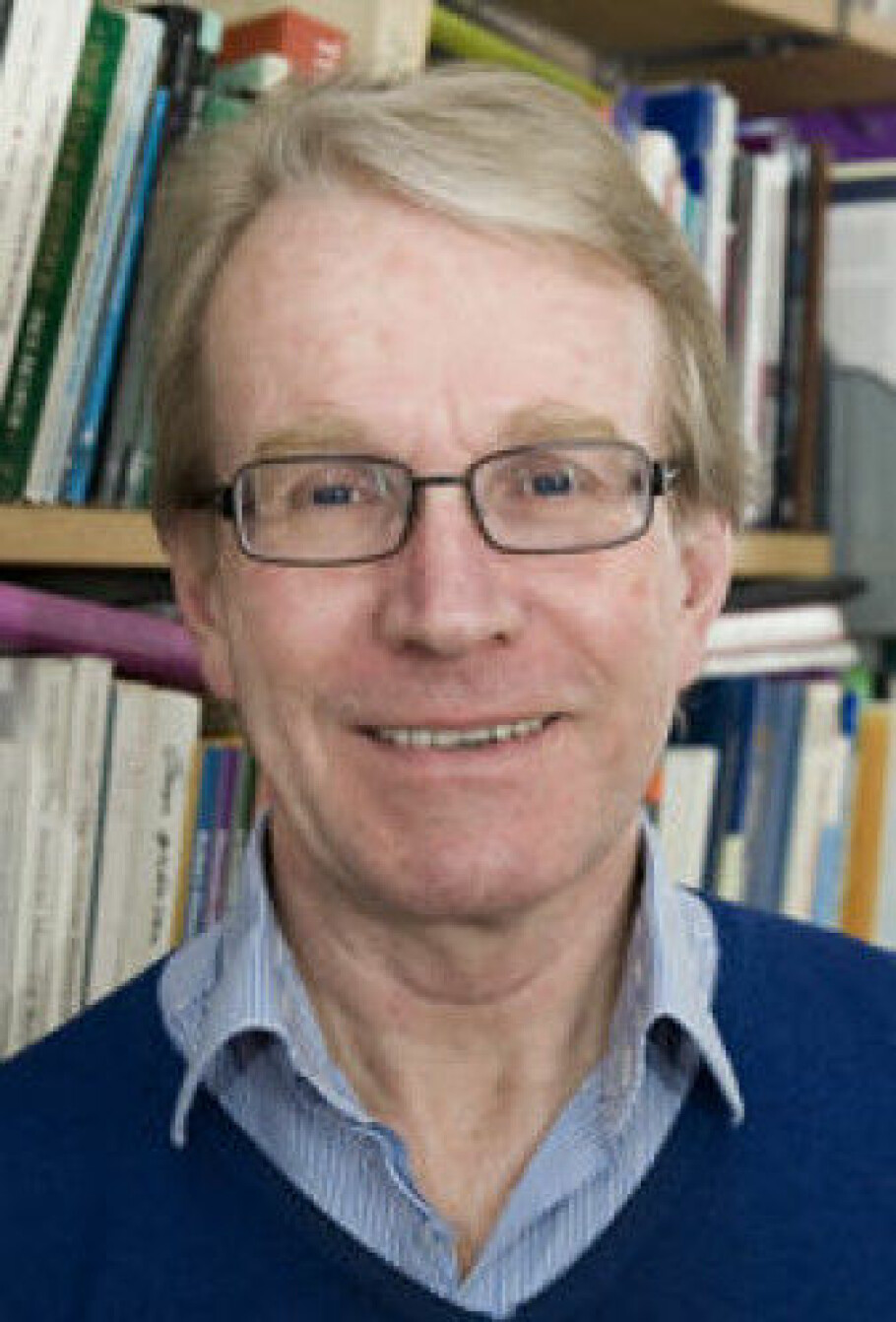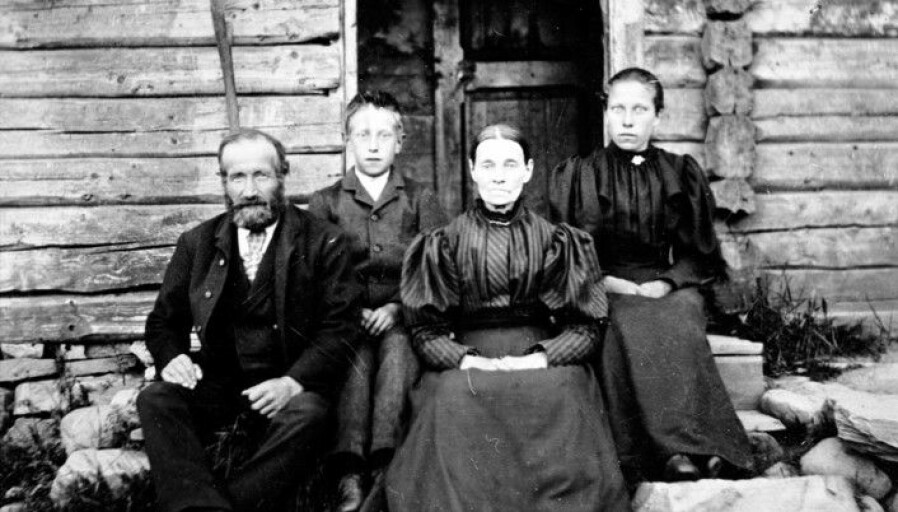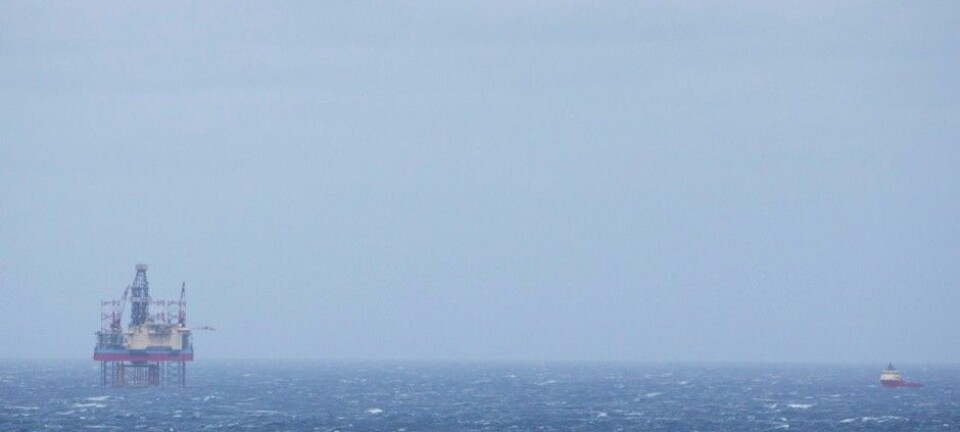
Crushing the myth of “poor Norway”
The conventional wisdom about Norway in 1900 is wrong: Norway was among the richest countries in Europe, not the poorest, one professor explains.
If you know even a little bit about Norway, you know that it’s a wealthy Scandinavian social democracy with a generous welfare system.
What you may not know was that in the late 1800s, Norway was said to be one of the poorest countries in Europe.
At least that’s what many people think — especially in Norway.
This particular story is so ingrained in the Norwegian psyche that one Monday in early November, the Norwegian Academy of Science and Letters devoted a full-day programme to debunking the idea.
One of the richest countries in Europe
“Norway was a very poor country just over a hundred years ago compared to today. But people in Norway were not poorer than our neighbours in the Nordic countries or people in most other European countries,” said Jan Eivind Myhre, a professor and a 19th century expert from the University of Oslo.
Along with the myth that Norway and Norwegians were incredibly poor, other myths that persist are that Norwegians were immature, undemocratic and backwards in a number of ways.
The population was said to be a narrow-minded bunch that lived far out on the periphery of Europe.
"This is all wrong," Myhre told the Academy gathering.
“Around 1900, Norway was among the richest countries in Europe,” he said.
During this period, Norway had the highest life expectancy of any nation in the world. The country was also technologically advanced, where, for example, Hammerfest in Finnmark County was the first city in the world to get electric streetlights. The first cinema showing in the world was in Paris, and the second was in Christiania (now Oslo) in 1896.
Norway at this time also had the world's highest literacy rate.
The country was one of the first to grant voting rights to women. And the nation was also culturally far ahead, compared to a number of other countries at this time.

Are historians to blame?
It’s important to understand that this myth has been reinforced by everyone from prime ministers to writers, scientists and journalists — and even school teachers in classrooms.
Conventional wisdom says that only people in Portugal, Greece and Albania were poorer than Norwegians during this period. Another given is that most Norwegians were illiterate a hundred years ago.
“Perhaps we historians haven’t been good enough at actually telling people what it was like,” Myhre said.
Another explanation can be found in the ideas of the famous British economist-historian Angus Maddison (1926-2010) and the now debunked misconception that the British had about Norway, Myhre said.
Historians and journalists focus on problems
"However, I don’t think that historians are mainly to blame for this myth," Myhre said, and instead suggested that people are ignorant of the historical facts due to what he calls being "blinded by time".
Perhaps the difference in wealth between now and then is so great that Norwegians believe that their ancestors must have been poor compared to other Europeans during the same period — even though that is not true.
Myhre speculated that part of the problem could be that historians, like journalists, largely report on things that have gone wrong in a society. Good news is not news. This may be one way that Norwegians constantly feed the notion that much had to have been wrong — and is still wrong.
In short, the myth is reinforced by people's and society's misperceptions.

Does it matter?
Does it matter if the myth of Norway as a poor country a hundred years ago is constantly being recycled?
Myhre says it absolutely does.
“Among other things, the myth allows people or groups to claim the honour of bringing Norway out of poverty — whether they actually had any hand in the matter or not,” Myhre said.
Labour Party supports or supporters of a capitalist market economy are two possible groups that might like to take credit for this shift.
Other people might award the credit to the powerful social liberal party “Venstre” in the late 1800s, or to the Norwegian Confederation of Trade Unions and the trade union movement.
Perhaps the world's best civil society
At the same time, Myhre highlighted Norway’s state church and Protestantism as important elements in helping Norway become a prosperous and modern society. They both had a great deal to do with promoting literacy, he said.
"Literacy means a lot to the development of a society," Myhre said.
Compared to other European countries, 19th century Norway was also a relatively egalitarian society, where women were given the right to be a part of the democracy very early on.
“Not many different groups were listened to in Norway at the beginning of the 19th century. But later in that century, society was listening to more and more people, not least the country’s many farmers,” Myhre said.
Norway also had extensive freedom of assembly compared to other countries.
More than a hundred years ago, a large number of groups and associations had already been organized, independent of the government. These included professional associations, farmer associations, religious associations, trade associations and other interest groups.
Myhre thinks this development was so powerful by the late 1800s that he makes a bold statement: He believes Norway may have built the best organized civil society in the world at that time.
This is of course speculative to suggest, says the professor, but he’s willing to advance the claim.

Why was Norway so far ahead?
But how did Norway come to be such a rich and well-developed society as early as 1900?
How, more than a hundred years ago, did Norway become part of an exclusive club with rich and developed countries in northwestern Europe, including the USA, Canada, Australia and New Zealand?
Myhre offers some possible explanations:
- Norway has long had a strong state government. This was true even before Norway was liberated from Denmark in 1814.
- The 19th century was a peaceful time for Norway.
- The country established the rule of law early on and developed a sound public bureaucracy.
- Another factor might have to do with geographical location. A country with a long open coastline allowed for great opportunities in fishing and shipping. This access also opened Norway to the world, both financially and mentally.
- Norway has a lot of forest. This allowed the construction of homes and other buildings, provided firewood for fuel, and was the country’s most important export product for many years.
“Or perhaps the explanation lies in the need for Norwegians to work in many different occupations,” he said.
“In a country where agriculture was limited, we had the opportunity to do work within a lot of different occupations such as fishing, shipping, mining, forestry and crafts,” he said.
———
Read the Norwegian version of this article at forskning.no
































